It’s an exciting time: You’ve honed your skills, developed a style, created a portfolio and now you’re ready to start submitting your artwork to publishers. In most cases, you don’t have the ability to greet art directors with a firm handshake and a smile, so it’s important that you learn how to write the perfect illustration cover letter, putting together a finished package to show publishers why YOU deserve to be published.
You’ve decided to take your illustration to the next level. What now?
As for the illustration part, Bluprint course The Art of the Picture Book has you covered. This informative and thorough class will coach you on developing your unique style and creating a portfolio worthy of sending out. As for sending out the parcel, read on for some helpful tips on submitting your illustration to publishers.
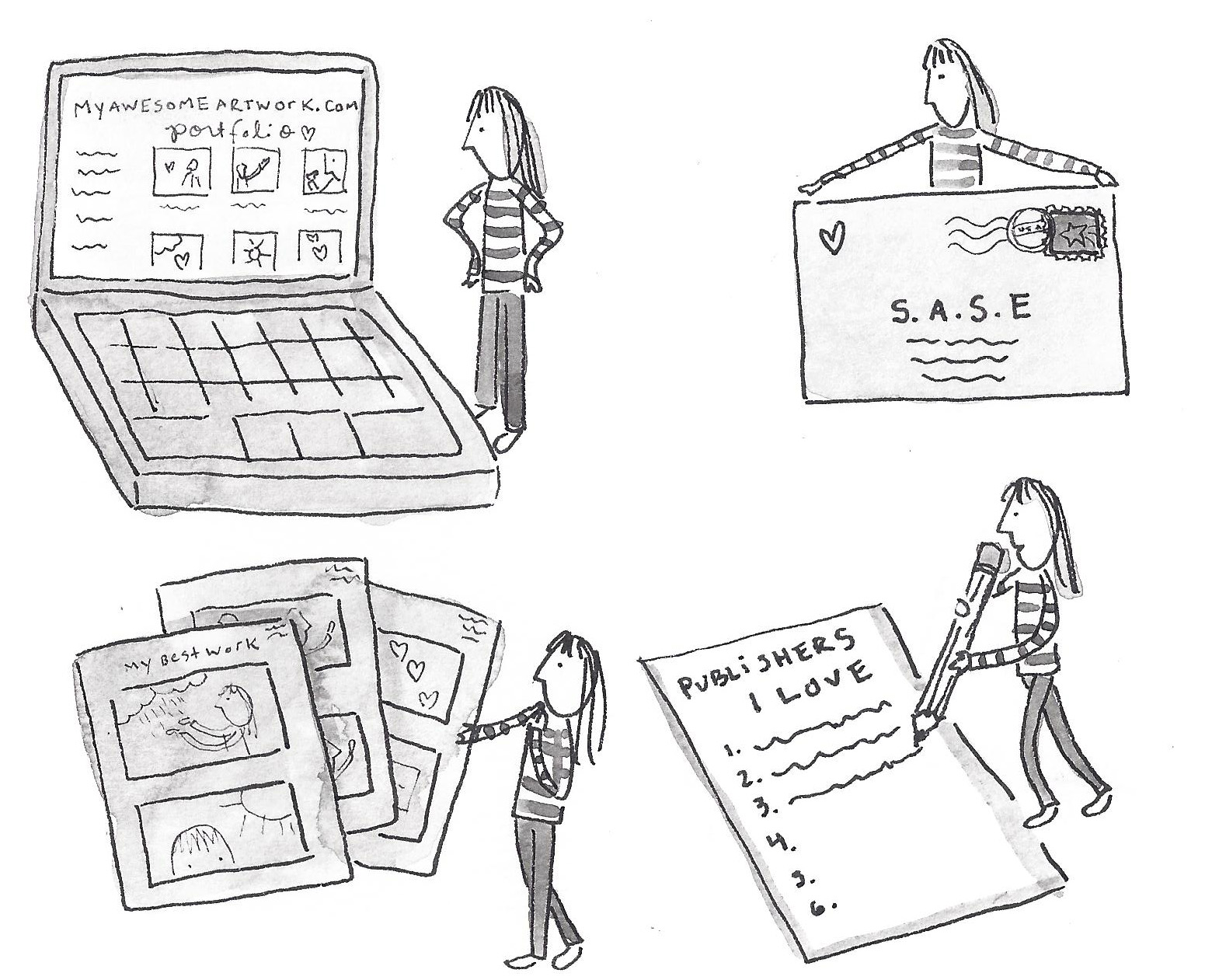
Illustrations and photos via CakeSpy
Before you write the letter…
Have a website
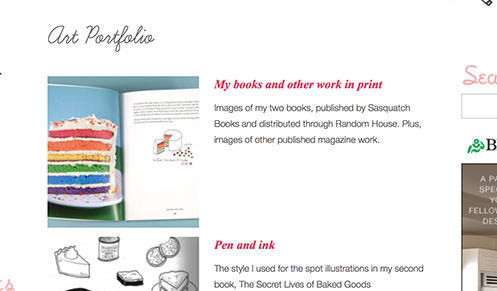
You’re probably wondering, what does a website have to do with a publisher submission? Well, if someone is intrigued by your cover letter and work and wants to see more, this is the easiest and quickest way to gain access. Having a website with a clear portfolio page, about page along with any notable work or awards you’ve received, is an easy way for possible clients to get to know you better. Many blogging platforms make it extremely easy to create your own image-rich page. And, you can even personalize your URL, so that it doesn’t have to include “.bloggingplatform.com” in the address.
Now that you have a slick portfolio, how do you get started?
Do your research
Allow me to illustrate the importance of doing your research with a personal anecdote. When I was in my early twenties and just out of art school, I tried to do every open portfolio drop and submit my artwork to any and everyone I could. One publication, which I will not name, sent back a very sweet note, that said “Your work is wonderful, but we primarily publish African tribal art.” The smallest amount of background research would have shown me quite clearly that this was not the publication for my cartoon-like cute characters.
A key publication that is a fantastic starting point for any picture book illustrator is The Children’s Writer’s and Illustrator’s Market. Released yearly, this book can help identify the current who’s who in the publishing world.
Choose relevant publications
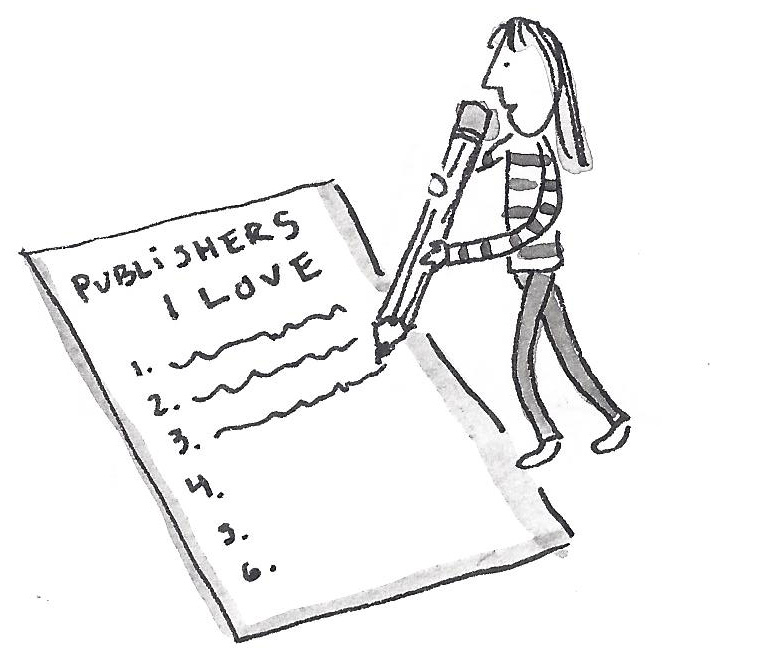
How do you choose the right publications? Even with a helpful book such as the one above, knowing which publishers are right for you can seem confusing. You may find a more tactile approach is to go to a bookstore with a great picture book department and check out the magazines and books. Start picking books or publications that “speak” to you, that you feel your work might fit well with. Check out who the publishers are — you may start to notice that you prefer books and magazines by the same few publishers. These are great places to start.
Review the submission guidelines
Some publications have specific guidelines for submission. If they do, follow them. You might think you’re setting yourself apart by doing it differently, but you really might just be complicating matters.
If no submission guidelines are present, it is good protocol to include a cover letter, illustration samples and a self-addressed & stamped envelope for the return of your samples.
Curate your images
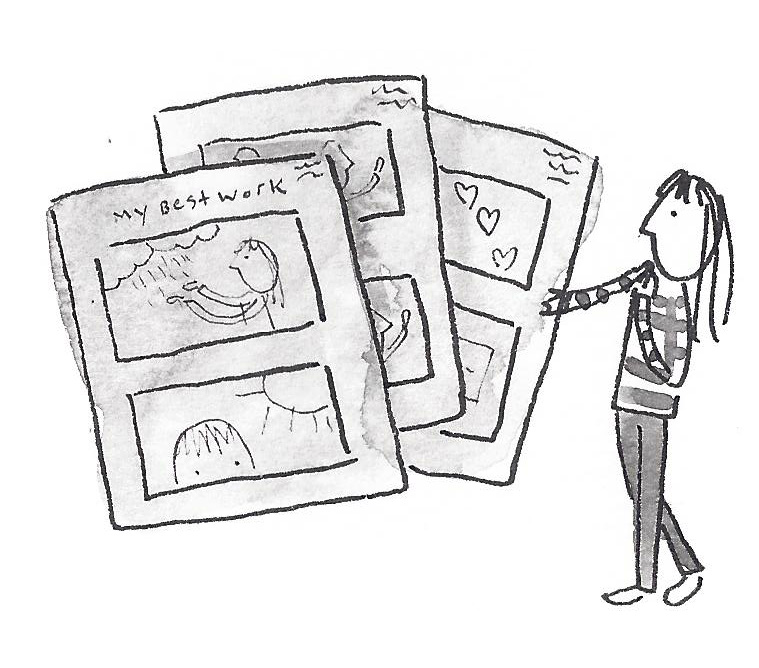
Choose images that work well together for the publisher you’re writing. It’s better to include six images that are cohesive and show a strong style than 10 images that show a variety of different styles. Choose the style that you think will work best for this publication or publisher. Show your strengths and range, including different points of view, expressions on your characters, etc. Format the images so that they are all the same size. It’s fine to have multiple images on a standard computer printout page. Think about it this way: You want the images to be easy to stay organized, and if they have a file of samples, it’s better if they fit in the folder.
Your cover letter
Address it to the proper contact
This falls into the “do your research” category, but it bears repeating. Typically, a quick internet search will reveal who the current art director or submissions editor is for a given publication. Be sure to address your inquiry to this person. Nothing screams “form letter” more than seeing an introduction start with “Dear Art Director…”.
Be engaging and engaged
Writing a cover letter is kind of like a job interview, or at least being pleasant at a cocktail party. Briefly introduce yourself, and your work, highlighting key and relevant accomplishments. Put your best foot forward, and mention why you think they would be a good fit. Did you love a series of books they published? If so, be sure to mention it.
If you are local, it is also appropriate to request a portfolio review in person. Just know this request may not be honored.
Be concise
If your letter requires more than one page, it’s too long. Make sure to keep your cover letter just that: A simple letter that is in front of the illustration examples.
Include your contact information

Be sure that you include your contact information. It’s a smart idea to put your contact information and website address on each sheet of paper in the submission, as they can easily be separated. A business card paper-clipped to the letter is a smart and professional-looking move as is using a logo both on your card and letterhead. Plus, this gives the art director in question a chance to see your artwork from the get-go.
Waiting
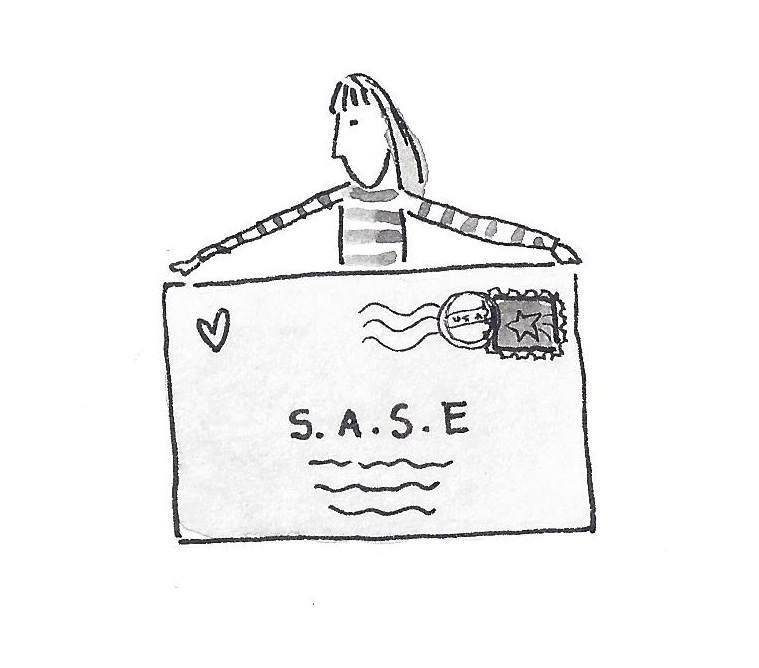
Let’s be honest — waiting is the hardest part. Will they respond? Will they accept you?
Be patient. Publishers receive a lot of submissions, and may only go through them at certain times of the year. Unfortunately, not all publishers are speedy about responding…and are not always friendly to eager “Did you get my package?” inquiries.
If you’re rejected
If you are accepted by the first publisher you send your illustrations to, please leave a comment on this post and tell us all of your secrets. The fact is, most authors and illustrators, no matter how talented, are not accepted on the first try.
Let me tell you one more personal anecdote to give you hope if you’re rejected: I have written and illustrated two successful books, but I wasn’t accepted by the first publisher I ever submitted to. I was rejected by every single person I sent the book proposal to — and it was actually someone who rejected me initially who came back to publish me. The book ended up appearing on the Today Show, so it ended well! So remember, sometimes these things just take time. Keep your chin up!
[box type=”shadow”]
Aside from these tips, you have to practice, practice, practice your drawing in order to build a portfolio of print-worthy material! Check out awesome Bluprint drawing classes, like Colored Pencil Essentials or Mixed Media: Pen, Ink & Watercolor, to expand your technical repertoire, mastering the essential skills you need to create jaw-dropping illustrations!
[/box]

Share tips, start a discussion or ask one of our experts or other students a question.
No Responses to “The Art of Making a Good Impression: Getting Your Illustration Published”